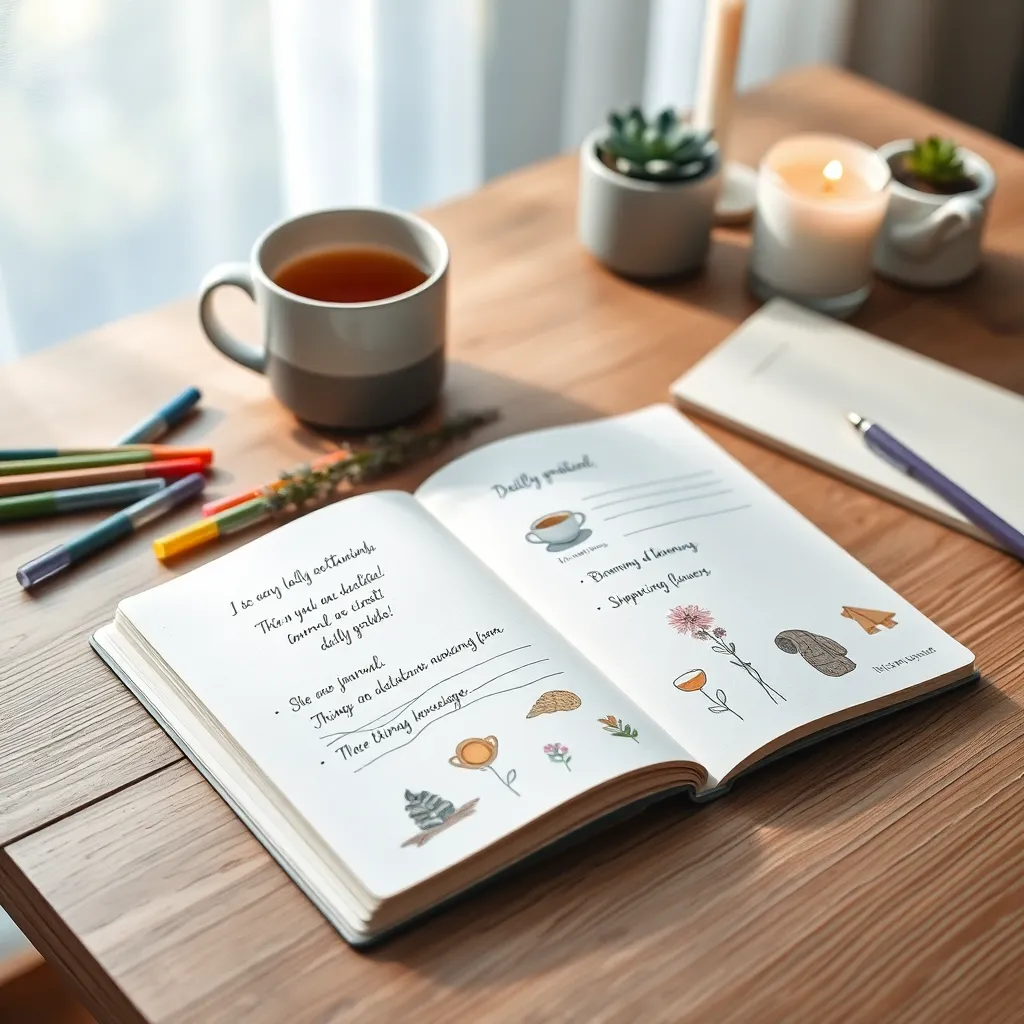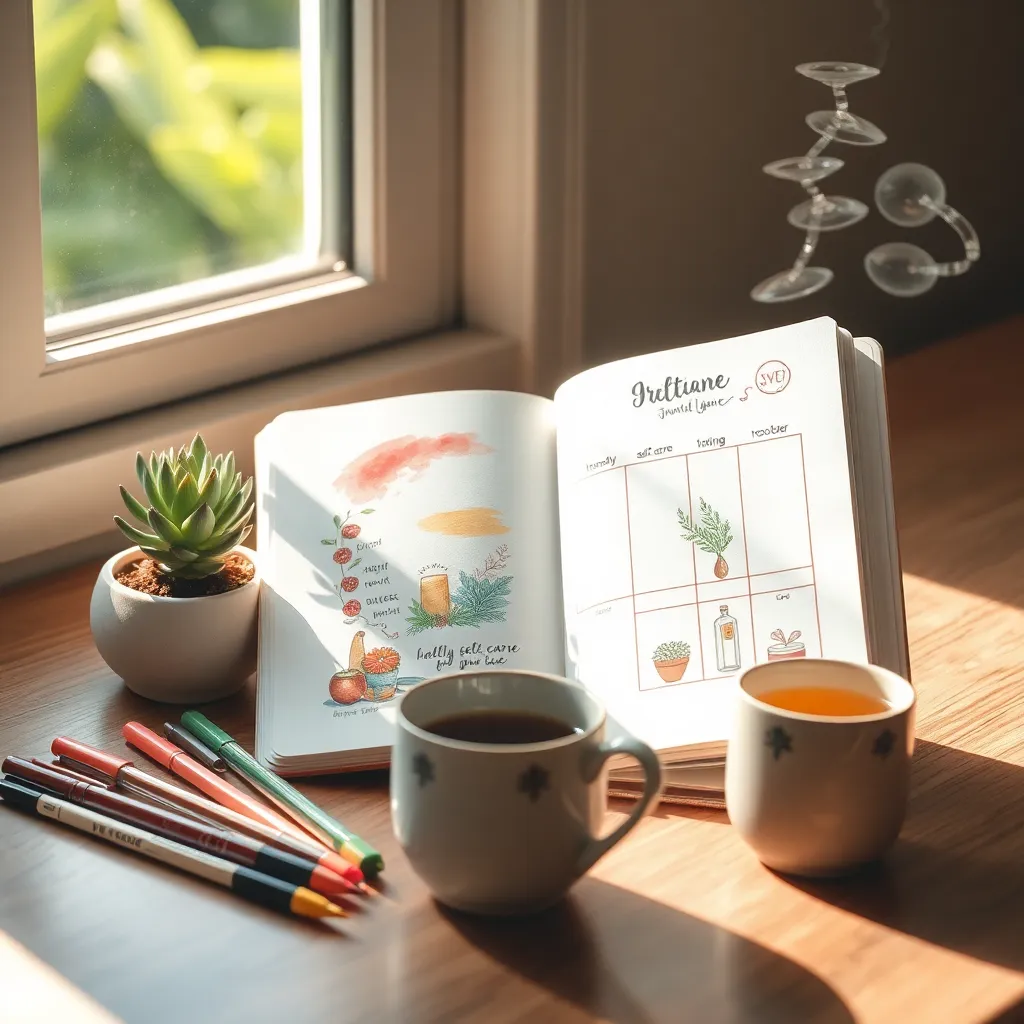Unlocking the power of journaling can transform your mental well-being. These practices offer a safe space to process emotions, reduce stress, and foster healing. Embrace this journey to nurture your mind and soul.
In this guide, discover simple yet profound journal ideas to boost clarity and resilience. Let each page be a step toward peace and self-discovery, equipping you with tools for lasting healing.
Reflect on Daily Gratitudes

Begin each day by noting three things you’re grateful for. This simple practice shifts focus from stress to positivity, enhancing your mental well-being.
In the evening, reflect on these gratitudes. Consider how they impacted your day. Use prompts like:
- What small joy brightened my day?
- How did gratitude change my outlook?
Document Emotional Highs and Lows

Capture your emotional highs and lows to gain clarity and balance. Use prompts like: “What made me feel joyful today?” and “What challenged my mood?” to explore your emotional landscape.
By documenting these fluctuations, you can identify patterns and triggers. Reflect on how different experiences impact your well-being and consider strategies to enhance your emotional resilience.
Visualize Healing Through Art

Art can be a powerful medium for healing. Use colors and shapes to express emotions. Try visual journaling by drawing how you feel today or creating a collage representing your healing journey.
Focus on intuitive art without judgment. Prompts like “Draw your safe space” or “Sketch a symbol of hope” can unlock deep insights. Let your hand guide you freely, embracing imperfections.
Track Self-Care Routines

Integrate journaling into your self-care by tracking routines. Note daily activities like meditation, exercise, or relaxation. Identify patterns that boost well-being.
Use prompts to deepen your practice: “What self-care activity nourished me today?” or “How can I improve my routine tomorrow?” Keep it simple and reflective.
Set Intentions for Positivity

Begin each day by setting a positive intention in your journal. This could be as simple as “I will approach today with kindness and gratitude.” Such intentions can shape your mindset and actions.
Use prompts like:
- “What positive thing can I focus on today?”
- “How can I bring joy to my day?”
These help cultivate a positive outlook and enhance your emotional well-being.
Conclusion: Creating Beautiful Outdoor Spaces
In exploring the transformative power of journaling for mental health and relationships, we delved into five key concepts: understanding emotional triggers, expressing gratitude, setting boundaries, fostering empathy, and reflecting on personal growth. By addressing emotional triggers, we can better navigate conflicts; gratitude journaling enhances appreciation for our partners; setting boundaries ensures mutual respect; empathy journaling fosters deeper connections; and reflecting on growth encourages continuous improvement.
As an actionable next step, take a moment today to start a journal entry focusing on one of these concepts. For instance, write down three things you appreciate about your partner and share them with them later. This simple yet powerful act can reignite warmth and understanding in your relationship.
I encourage you to save or bookmark this article to revisit these valuable insights whenever you need a gentle reminder of the steps toward nurturing a healthier relationship. With each journal entry, you’re not just documenting your journey but actively building a foundation for enduring relationship success. Embrace this journey of healing and growth, knowing that every step forward brings you closer to a more fulfilling and resilient bond.

